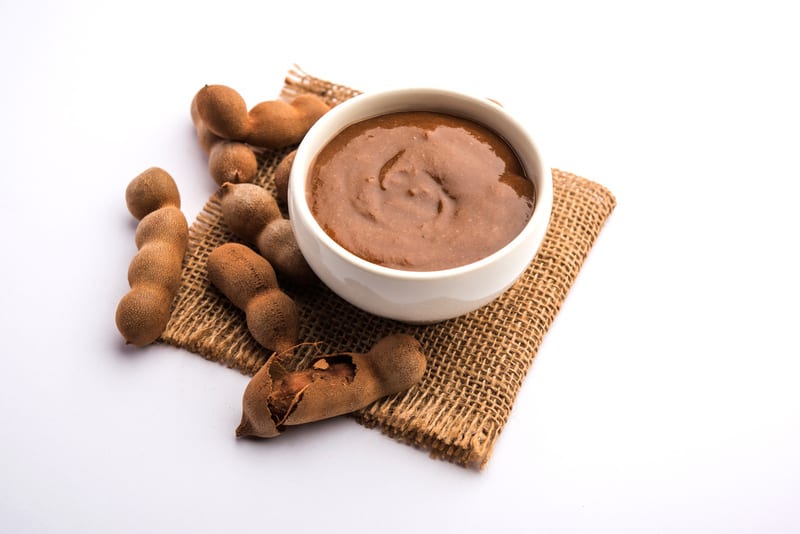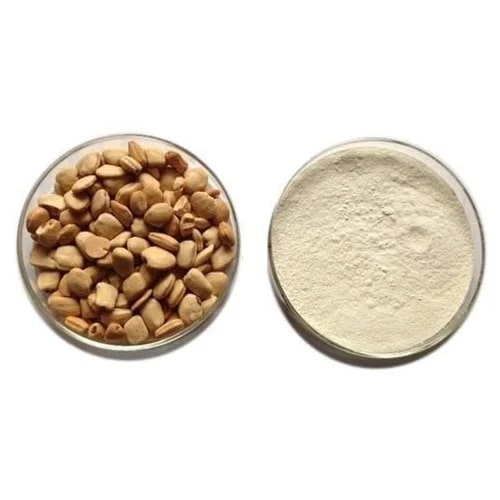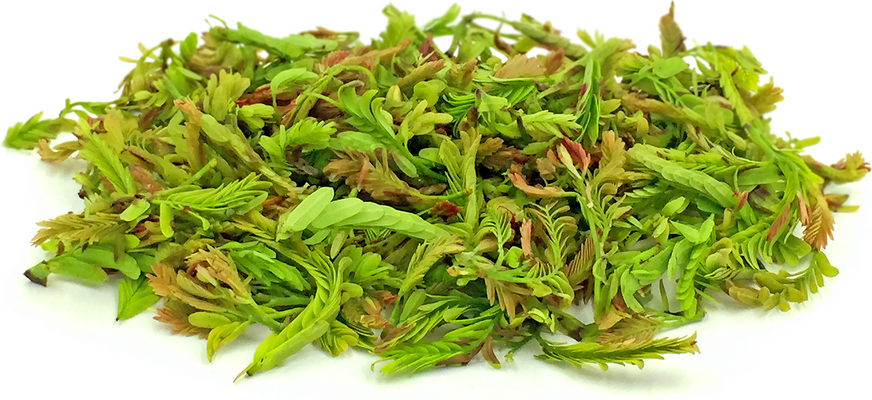Unveiling the Aromatic Majesty of Ceylon Cloves
Apr 22, 2024

Tamarindus indica L. is a leguminous tree species that commonly known as the tamarind tree. it is a multipurpose plant because all parts of the tree have different purposes like as a food, chemical, pharmaceutical, textile industries or as fodder, timber & fuel.

The fruit is the most valuable and commonly utilized part of the tamarind tree. it consists 30-50% pulp, shell & fiber 11-30% and seed about 20-40%. Tamarind pulp has a low water content and high protein, minerals and carbohydrate content. the pulp contains oil that is green and liquids in the room temperature. it includes various volatile components like furan derivatives, carboxylic acids, palmitic acid, oleic acid and phenylacetaldehyde. The major volatile constituent of tamarind is 2-acetyl-furan that is coupled with traces of furfural and 5-methylfufural and produce total aroma of the tamarind. Different pigments are contained in the pulp specially water soluble red-rose anthocyanin pigment which is given the red colour to pulp. the specific and unic sweet acidic taste of pulp is generated by tartaric acid. Proline, serine, beta-alanine & leucine like amino acids can be found in the tamarind pulp. It also rich in various minerals like magnesium, calcium, potassium, phosphorus and iron.
The tamarind seed and kernel are rich in protein (13-20%), the seed coat contains 20% fibered and 20% tannins. It is used as food and food ingredient because of its protein compounds like albumins and globulins. The goldarn colour seed kernel contents different fatty acids like palmitic, oleic, linoleic and it includes phosphorus, potassium, magnesium like minerals.


Main uses of tamarind
Pulp
Tamarind pulp is the form that is commonly utilized. Immature tender pos are used as seasoning for cooked rice, meat and fish. In Sri Lanka, it is a commonly used in cuisine as an a alternative to lime in pickles and chutneys.
Concentrate
All water soluble are extracted from tamarind pulp and concentrate to about 65-70% and packed and also varnishes and paints are manufactured using seeds.
Kernel powder
it is used in the food industry as a stabilizer in ice cream, mayonnaise and chesses and white tamarind kernel powder (WTKP) is used to produce jellies, jams and marmalades. TKP has value as a sizing material in the textile industry and it is used in cosmetics, pharmaceuticals insecticidal preparations, adhesive, bookbinding, cardboard and plywood manufacturing and also leather industry.
Seed Testa
The Testa of tamarind seed contains 80% of tannins and colouring matter. it is used to get high coloured and harsh leather to heavy soles and suitcases.
Food colourant leucoanthocyanidin and anthocyanin are the main pigments of the tamarind colour. Tamarind red colour utilized to get attractive red colour in jam, jelly and curries.
Other uses
tamarind pulp mixed with sea salt is used to polish brass, copper and silver. the fruit pulp is used as a fixative with turmeric and annatto in dyeing. the seed husk is an effective fish poison.
Minor uses
Tender leaves, flowers and the young seedlings are used in curries, salad, stews and soups. fruit shell is utilized as a low cost biosorbent for the removal of malachite green from aqueous solutions.

References - Rao, Y. & Mathew, Mary. (2012). Tamarind. 10.1533/9780857095688.512.